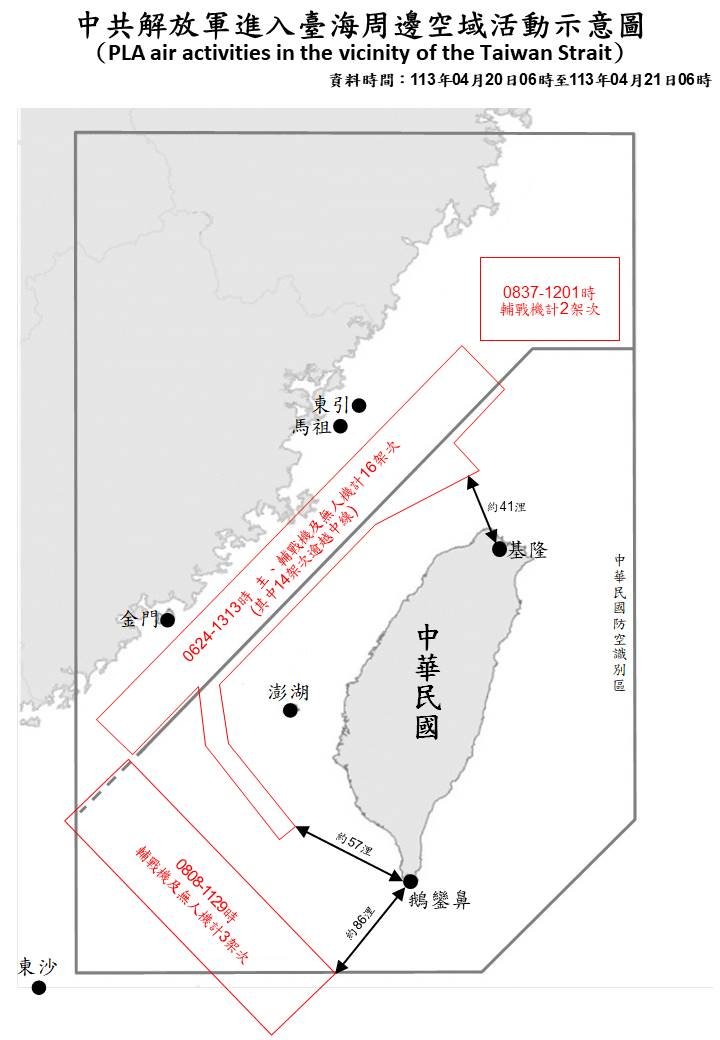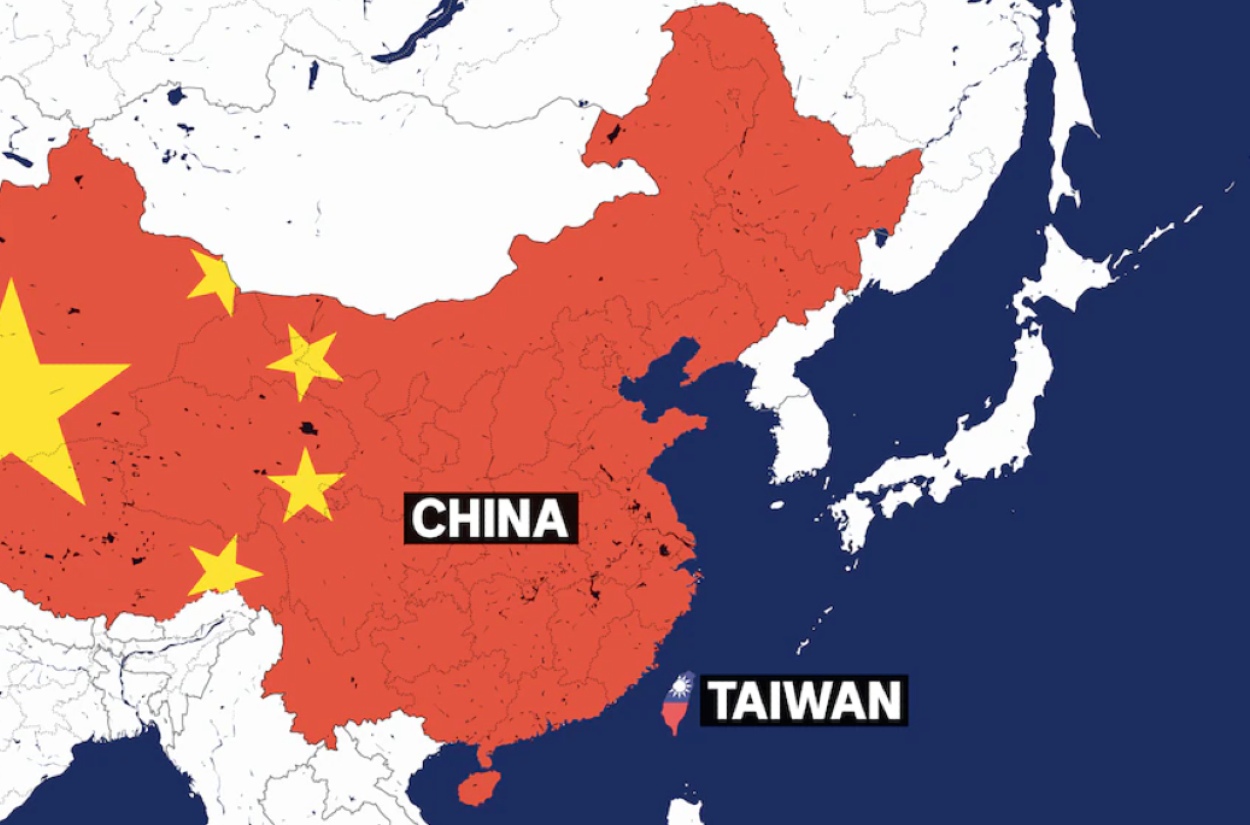A statement by a former Republic of China Air Force (RoCAF, or Taiwan Air Force) commander about the incapability of its military to prevent a People’s Liberation Army Air Force (PLAAF) attack raised alarm bells among the island’s leadership.
The red flag by retired RoCAF deputy commander Chang Yen-ting came after a Chinese military aircraft was spotted just 76 km from Keelung City, in the island’s northern tip, which reports said would need just five minutes to reach the Presidential Office building.
The Chinese aircraft was a part of the routine formations of PLAAF and PLA Navy (PLAN) that Beijing keeps sending into Taiwan’s Air Defense Identification Zone (ADIZ) to assert its territorial sovereignty.
Since last year, Chinese ADIZ flights have become bolder and begun crossing the imaginary ‘median line,’ conveying that they are undeterred by both Taiwan and the United States (US).
Interestingly, the Presidential Office also recently found itself being “attacked” by China when a photo of the building’s mockup emerged online somewhere in mainland China.
This suggested China was preparing for a situation where it might have to fight an urban battle by landing troops on the ground and taking control of the political and administrative offices to force the leadership to accede to Beijing.
Retired Air Force Commander Raises Alarm
Chang Yen-tin said this after the Ministry of National Defense (MND) posted a chart on April 21 showing a Chinese military aircraft just 76 kilometers from Keelung.
The map showed the PO building just a few dozen kilometers south of the point where the aircraft came close to Keelung, requiring the Chinese plane just “five minutes” to reach it.

CNA quoted Yen-ting as saying that the jet’s location meant the military would not have had time to react if it had suddenly headed for Taipei City.
Strategists have long mentioned the possibility of a “decapitation strike,” with Chinese jets moving in from Taiwan’s north coast to attack the Presidential Office Building in Central Taipei.
“The national army may not have warning time. The media is concerned about the suspicion of beheading operations,” Yen-ting said. Other reports quoted Yen-ting as saying that Chinese aircraft are “inching closer.”
However, Defense Minister Chiu Kuo-cheng (Qiu Guozheng) “ejected” these fears. Chiu “discounted” Chang’s theory, saying the military’s “observation” of aircraft “served precisely to prevent such a scenario.” He said the “three to five minute” journey would only be allowed “during peacetime” and when there was “no counter-attack by the national army.”
Chiu was also asked about the presence of the Chinese research ship Xiang Yang Hong 06, which is close to Taiwan. On the evening of April 22, the vessel was spotted moving south to north off Hualien County.
According to Chiu, the Navy closely monitored the ship’s movements, which he said had been seen near Taiwan several times before. “The ship often appears, but because this time point is relatively sensitive, the Coast Guard and the military have response methods and mastery.”
Taiwan is also conducting computer simulations for this year’s Han Kuang 40 military drills, which began on April 19 and are slated to conclude on April 26.
“The duration of the computer exercises had been extended from the previous five days and four nights,” reports added. The RoCAF military brass is likely to have incorporated the latest data from the Chinese ADIZ violation flights to feed the simulated wargames and is possibly drawing up scenarios to defend major government and military structures.

Chinese ADIZ Flight
The Chinese formation in question that RoCAF reported on April 21, consisted of 21 planes, entered China’s northern and southwestern ADIZ, which the Taiwanese military “monitored and responded accordingly.” A naval force of seven PLAN vessels was also a part of the force.
Of the aircraft, 17 “crossed the median line of the Taiwan Strait” when the military employed Combat Air Patrol (CAP) aircraft, Navy vessels, and coastal missile systems in response to the detected activities.”
While the make of the aircraft is not known, China’s ADIZ flight usually consist of mixed formations of Su-30MKK, J-16, J-11, J-10 fighter-bombers, the BZK-005 reconnaissance drone and the TB-001 Unmanned Combat Aerial Vehicle (UCAV).
- The author can be reached at satamp@gmail.com
- Follow EurAsian Times on Google News




